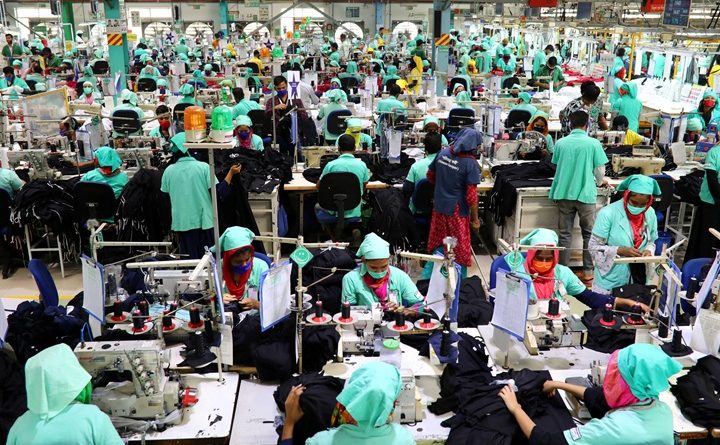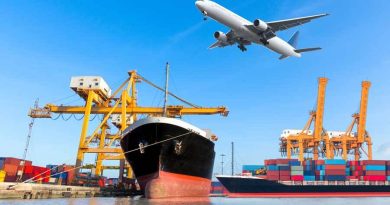Bangladesh’s manmade fibre (MMF)-based garment exports to the United States are set for expansion as shifting trade dynamics create opportunities for competitive suppliers, industry leaders say.
Exports in this category have been largely flat for the past two years — $1.54 billion in 2024 compared to $1.55 billion in 2023 — but exporters believe the sector could gain traction if local challenges, particularly in backward linkage capacity, are addressed.
The US recently cut Bangladesh’s additional duty to 20%, down from 35%, putting the country on a more level playing field with competitors and below China’s 30% and India’s 25%. The move comes amid an ongoing US-China trade dispute, which is expected to redirect some orders away from China.
“Now is the time to invest in MMF-based apparel manufacturing and value-added products,” said Abdullah Hil Nakib, deputy managing director of Team Group, noting that most raw materials are still sourced from China.
Industry insiders see policy support and investment in synthetic spinning as critical, since Bangladesh currently imports the bulk of its MMF yarns. The country has just 19 synthetic spinning mills, eight of them acrylic, limiting domestic supply.
BTMA President Showkat Aziz Russell said reciprocal tariff negotiations have strengthened Bangladesh’s position, prompting a rise in buyer inquiries. “There is optimism about future business. Now is the time to invest in the textile sector,” he said.
The US market has been gradually increasing its share of MMF imports from Bangladesh — from 17% of total apparel imports in 2013 to 25.3% in 2023, according to the US International Trade Commission. Industry stakeholders believe that with the right infrastructure and raw material supply in place, Bangladesh could significantly expand this share in the coming years.






